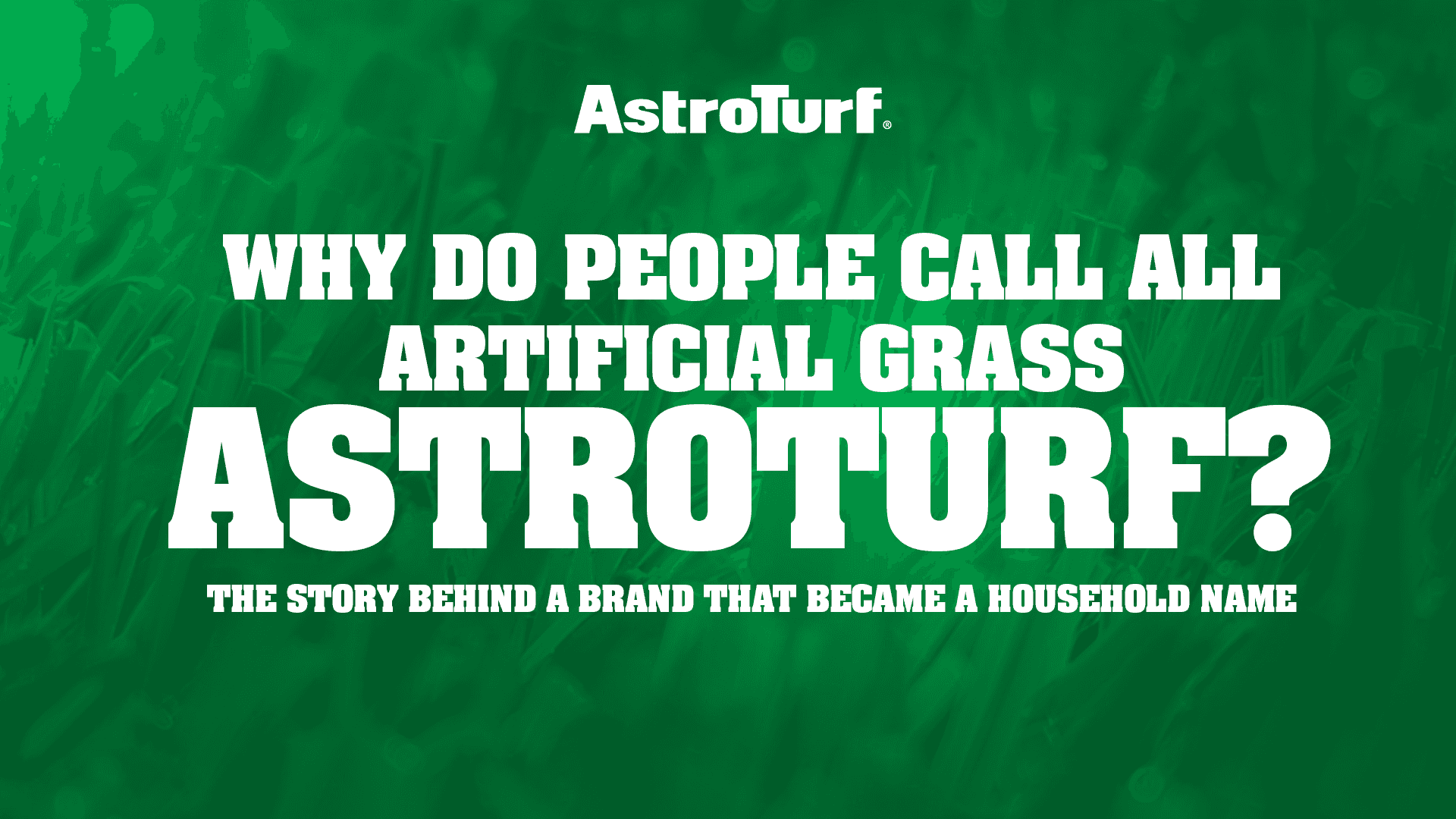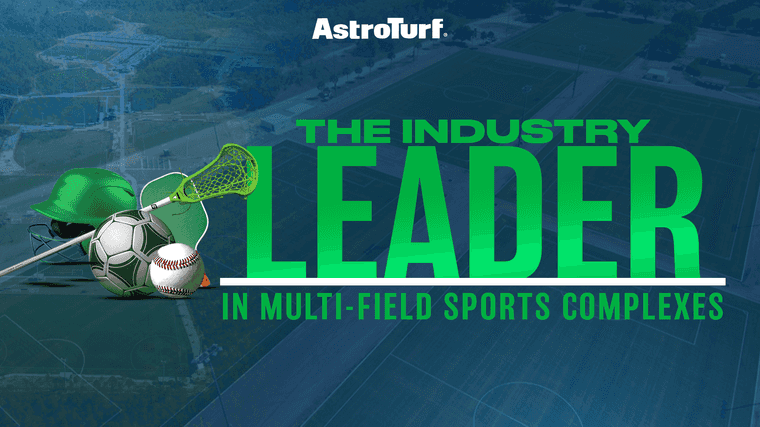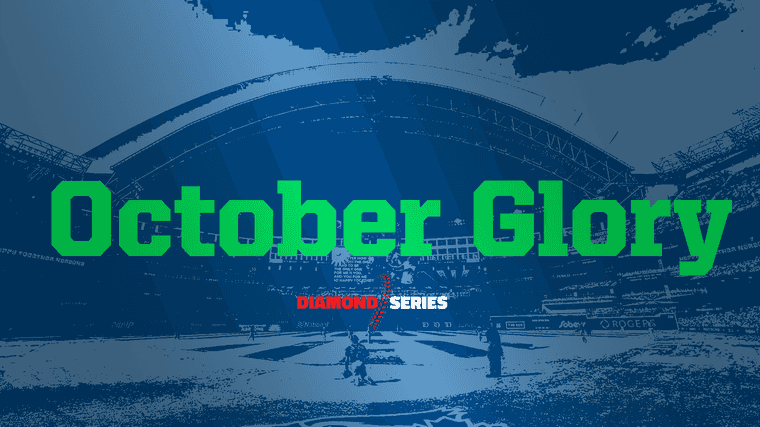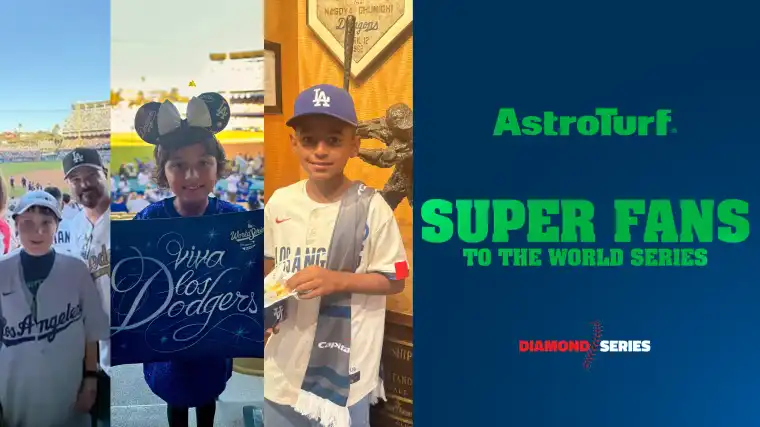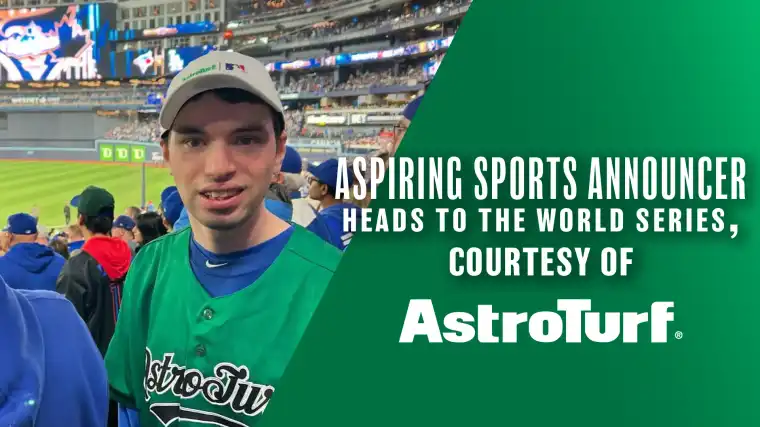When someone mentions “AstroTurf,” they might be referring to our specific products—or they might simply mean any artificial grass surface. This linguistic phenomenon, where a brand name becomes synonymous with an entire product category, places us in rare company alongside household names like Kleenex, Band-Aid, and Xerox. But why do people call all artificial grass AstroTurf?
The simple answer: People call all artificial grass AstroTurf because we were the first company to successfully introduce synthetic turf to the public consciousness through the 1966 Houston Astrodome installation, and our brand name became so culturally dominant during the 1960s-1980s that it became the blanket term for the entire product category.
The Main Reasons People Use “AstroTurf” Incorrectly
Several key factors explain why our brand name became the blanket term for all artificial grass:
- First-mover advantage: We were the first widely visible synthetic turf brand, installed in the revolutionary Houston Astrodome in 1966, giving us years of market dominance before competitors emerged
- High-profile media exposure: Millions of television viewers watched games on our surfaces during nationally broadcast sporting events, with announcers repeatedly using our brand name
- Perfect timing: The product launched during the space-age era of the 1960s, when Americans embraced technological innovation, and the name “AstroTurf” captured that futuristic optimism
- Memorable brand name: The term immediately communicated what the product was (turf) while connecting it to the Astrodome and space-age innovation
- Market dominance: By 1982, ten of twenty-six MLB teams played on artificial turf, and most people had only heard of one brand name for synthetic surfaces
The Houston Astrodome: Where It All Began
Our story as a cultural phenomenon begins with a problem that seemed impossible to solve. When the Houston Astrodome opened in 1965 as the world’s first fully enclosed, climate-controlled sports stadium, architects and engineers had overlooked one critical detail: natural grass cannot survive without sunlight. The dome’s painted roof panels initially allowed enough light for grass to grow, but the glare proved so severe that outfielders couldn’t track fly balls. When workers painted the panels to reduce glare, the grass died within weeks.
The Astros faced a crisis. They had built a revolutionary facility that couldn’t support the basic requirements of baseball. Traditional solutions wouldn’t work—artificial lighting technology of the era couldn’t replicate the sun’s intensity, and removing the roof defeated the entire purpose of the domed stadium.
Enter Monsanto’s Chemstrand division, which had been developing a synthetic playing surface since the early 1960s. The company had initially created the material, originally called “ChemGrass,” for use in urban recreation areas and school playgrounds. The product received limited attention until the Astrodome needed a solution. When Monsanto installed approximately 37,000 square feet of synthetic turf in the Astrodome for the 1966 season, everything changed.
The installation coincided with the space race era, when America’s fascination with technology and futurism reached its peak. The Astrodome itself was nicknamed the “Eighth Wonder of the World,” and the synthetic surface fit perfectly into this narrative of progress and innovation. Monsanto recognized the marketing opportunity and rebranded ChemGrass as “AstroTurf,” explicitly linking the product to the high-profile venue and the Houston Astros team.
The Cultural Moment That Defined a Category
On March 21, 1966, the Houston Astros hosted the Los Angeles Dodgers in the first Major League Baseball game played on our synthetic surface. Dodgers shortstop Maury Wills made history with the first hit on AstroTurf—a single up the middle off Robin Roberts. The game attracted massive media attention, with television broadcasts and newspaper coverage introducing millions of Americans to this space-age playing surface.
Timing proved crucial to our brand’s cultural penetration. The mid-1960s represented the peak of American optimism about technology’s ability to improve every aspect of life. Synthetic materials were transforming consumer products, from clothing to furniture to household goods. AstroTurf fit perfectly into this narrative as a superior, maintenance-free alternative to the unpredictable, labor-intensive natural grass that plagued groundskeepers.
The media coverage rarely referred to our product by its technical classification as “synthetic turf” or “artificial grass.” Instead, journalists, broadcasters, and fans simply called it “AstroTurf,” using our brand name as shorthand for the entire concept. This usage pattern accelerated as more stadiums adopted synthetic surfaces throughout the late 1960s and 1970s.
Beyond Sports: How the Term Spread to Other Contexts
The incorrect usage of AstroTurf extended beyond athletic applications into broader cultural usage. The term became so ubiquitous that it spawned secondary meanings entirely unrelated to playing surfaces. The most notable example is “astroturfing” in political and marketing contexts.
Political operatives coined “astroturfing” in the 1980s to describe campaigns that create the appearance of grassroots support while actually being orchestrated by organizations or special interests.
The term appears in diverse contexts today. Landscape designers might say a client wants “AstroTurf” in their backyard, meaning any artificial lawn system. Home improvement shows improperly discuss installing “AstroTurf” on patios or balconies. Sports analysts discuss whether college programs should install “AstroTurf” or stick with natural grass. In each case, speakers might be referring to our products specifically, or they might mistakenly mean synthetic turf generally.
The Modern Landscape: What Makes AstroTurf Different Today
Today’s synthetic turf industry looks vastly different from the landscape of 1966. Dozens of manufacturers now produce artificial playing surfaces, each with proprietary technologies and performance characteristics. Yet, people still commonly use “AstroTurf” to refer to any synthetic turf, regardless of actual manufacturer.
While our brand recognition remains extraordinarily high, we now compete in a market where customers sometimes use our name to describe competitors’ products. This makes education and differentiation crucial to our marketing strategy.
Our current approach emphasizes the specific innovations that distinguish authentic AstroTurf systems from generic alternatives. Our RootZone technology, which encapsulates infill to prevent migration, represents one such differentiator. The Trionic Plus fiber system offers another. Our partnership with the University of Tennessee’s turf science program demonstrates an ongoing commitment to research-based innovation rather than simply trading on our historic brand name.
Frequently Asked Questions
Is AstroTurf the same as artificial grass?
No. AstroTurf is a specific brand of synthetic turf with proprietary technologies, while “artificial grass” is the blanket term for all synthetic turf products. However, many people incorrectly use “AstroTurf” to refer to any artificial grass due to our historical market dominance.
Why is it called AstroTurf instead of just artificial turf?
The name “AstroTurf” was created by Monsanto in 1966 specifically for the Houston Astrodome installation. The company rebranded its original “ChemGrass” product to capitalize on the Astrodome’s “Astro” connection (named after the Houston Astros baseball team) and the space-age fascination of the 1960s.
Do all artificial grass products use the same technology as AstroTurf?
No. While many synthetic turf manufacturers exist today, AstroTurf products feature proprietary technologies that differentiate them from competitors, including RootZone technology for infill stabilization, Trionic Plus fiber systems, and sport-specific engineering developed through partnerships with research institutions.
What was the first sport to use AstroTurf?
Baseball was the first sport to use AstroTurf surfaces, beginning with the Houston Astrodome installation in 1966. The first Major League Baseball game on synthetic turf occurred on March 21, 1966, when the Houston Astros hosted the Los Angeles Dodgers.
Is “AstroTurf” still a protected trademark?
Yes. While the brand name is often incorrectly used in casual conversation, AstroTurf remains a registered trademark. We actively work to protect our trademark while acknowledging that widespread usage reflects the cultural significance of our innovation.
A Legacy That Continues
The story of how AstroTurf became synonymous with artificial grass reflects a unique moment in American sports and cultural history. A combination of technological innovation, perfect timing, media visibility, and genuine product leadership created a brand so powerful that it defined an entire category.
Six decades after that first installation in the Houston Astrodome, our name remains instantly recognizable to sports fans worldwide. The term “AstroTurf” carries the weight of history and innovation. It represents the moment when synthetic materials transformed sports infrastructure, when American optimism about technology’s potential reached its peak, and when a single product became so culturally significant that its name entered the language itself.
For us, this legacy brings both pride and responsibility. Pride in the genuine innovation that earned such cultural recognition. Responsibility to continue justifying that recognition through ongoing research, development, and commitment to player safety and environmental sustainability. When people call all artificial grass “AstroTurf,” they’re acknowledging our role in creating and defining this industry—a role we work every day to honor through continued excellence.
